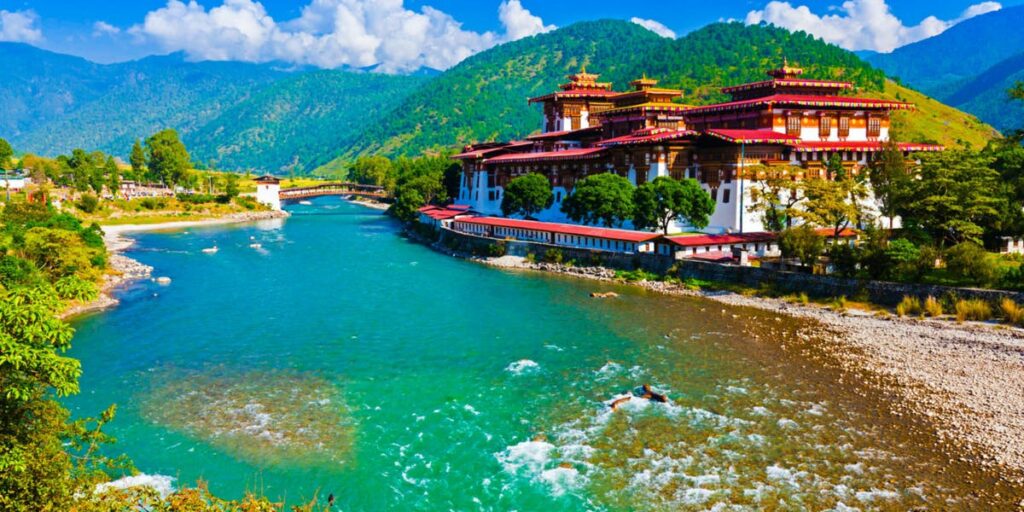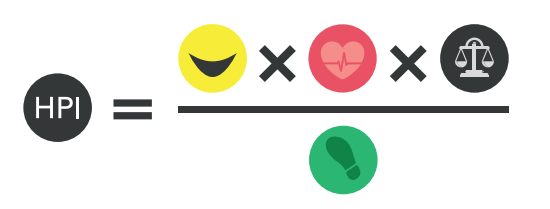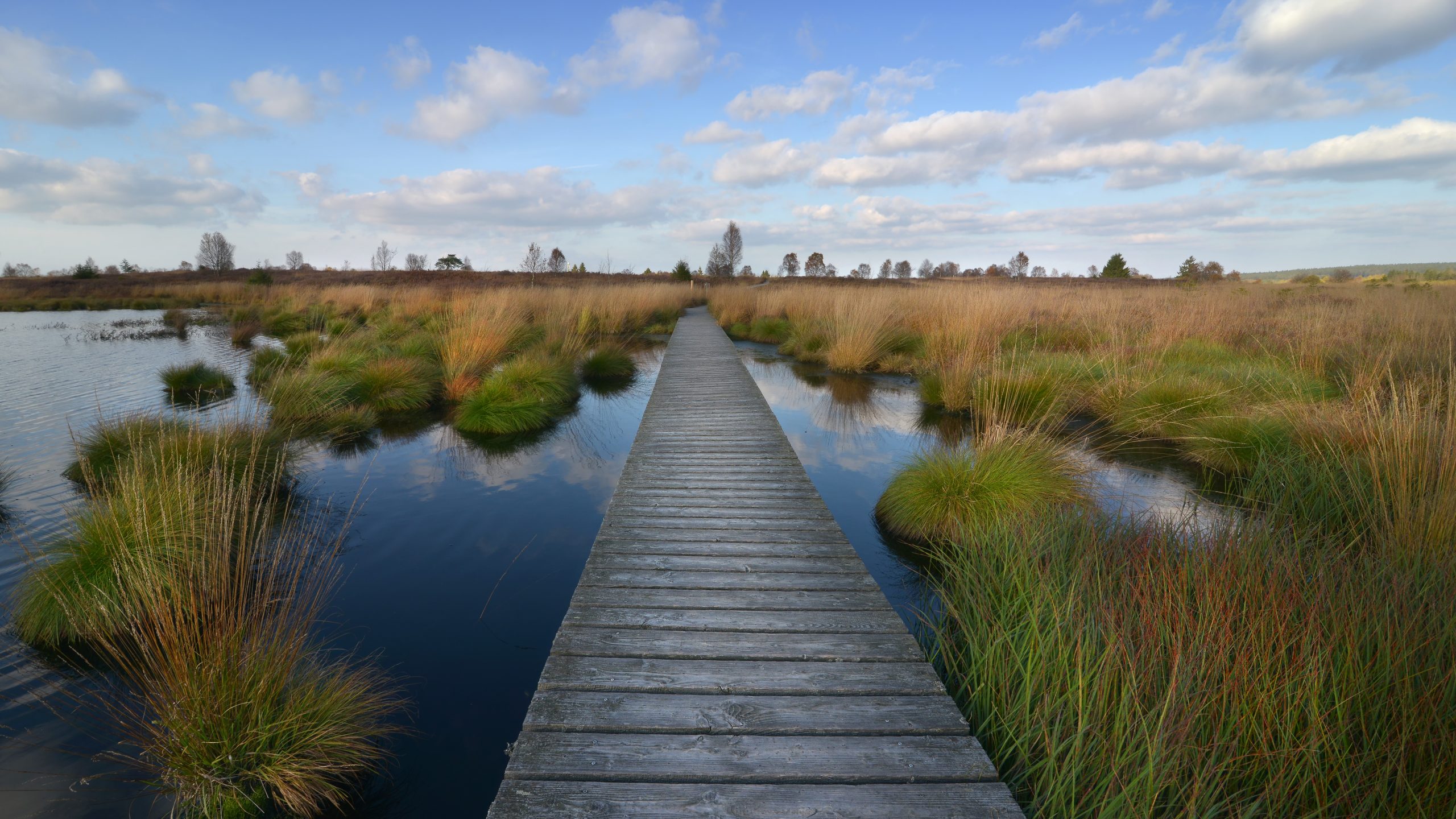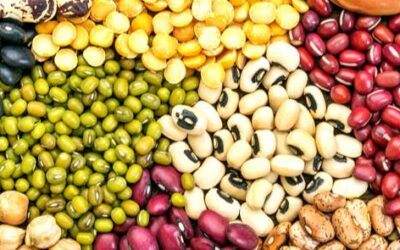The COVID-19 pandemic exposed severe inequalities and inadequacies across many countries, from some of the richest nations in the more to some of most developing. A huge disparity in access to vaccines has been seen across the world and many rich countries have struggled and sometimes failed to keep the death tolls low. The pandemic has made clear inadequacies in healthcare systems worldwide and has shown that living in a wealthy nation does not necessarily protect you from certain threats.
At the beginning of 2020 when the world saw its first wave of lockdowns there was talk of ‘nature healing’, with wildlife returning to empty city streets, air quality improving and a huge reduction of cars on highways across the world. Although people generally saw this as a positive, even beautiful thing with obvious benefits for ecosystems due to reduced GHG emissions, this was a time of huge economic loss for many businesses. Transport companies lost huge revenue with many either ceasing operations (Air Italy, AtlasGlobal) or declaring bankruptcy (CityJet) and other companies closed their brick and mortar stores and moved fully online (Topshop). Throughout the last two years we have all watched countries go in and out of lockdowns and have asked ourselves whether certain countries may not have locked down soon enough to benefit the economy while others prolonged strict lockdowns to protect lives. It is hard to justify the risking of lives to benefit the economy, however this is how many countries operated, due to GDP being their only real measure of development.
It is clear now as we look back on two years of this pandemic, (not sure I would go so far as to say ‘on the other side’) that financial wealth of a country is not an appropriate measure of a country’s development, success and the wellbeing of its people. The US for example currently has the highest number of both COVID cases and deaths while also having the worlds highest GDP. It is for this reason that I feel that as we move out of the covid-19 pandemic that an alternative measure of development for countries should be considered and even adopted. This view has been raised by economist, social scientists and environmental scientists across the world and has only become more prevalent due to the impact the pandemic has had on the world. Using GDP as the sole measure of development for countries gives a false impression of the wellbeing of a nation and allows tragedies to benefit the ‘development’ of a country when they profit off supplying assistance.
Additionally GDP does not take into account the ways in which countries are earning. The destructive nature of industries such as deforestation, oil fracking or mining and its impact on the people of the country is not reflected in GDP, it only appears as positive growth.
Alternative methods of measuring growth and development have been raised and are in practice in some areas. The most well known example is Bhutan, a nation in the Eastern Himalayas announced in 1972 that it would not be striving to measure or grow their GDP but rather would be growing their Gross National Happiness. This index takes into account 9 variables, living standards, health, good governance, ecological diversity, resilience, time use, psychological wellbeing, cultural diversity and resilience and community vitality. While this has been quite successful for Bhutan it may not be entirely feasible for other nations to adopt as it is measured using an extensive questionnaire and focusses in parts on Bhuddist principles such as meditation.

However there are a number of other measure and indices which are similar to this that have been applies elsewhere. The Thriving Places Index has been applied in parts of the UK and looks at sustainability, equality and local conditions. The Happy Planet Index is regularly cited and it looks at ecological footprint, inequality, wellbeing and life expectancy in a country. Costa Rica ranks first by this measure. The Human Development Index is an index developed by the UNDP which is recommended to be used alongside a countries GDP not instead of it. Norway is first by this ranking.

There are several other rankings, measures and indices and all have their pros and cons. Most of them consider sustainability, ecological footprint and the health and wellbeing of the people in the region as part of their measure. Under current capitalist ideals, profit is the main determinant of a countries development and in order to grow profit (under current economic models) consumption must continue to increase, which puts a further strain on the environment, biodiversity and ecosystems. If more countries attempted to grow development in an alternative way to GDP this could provide a step in the right direction, towards increased human wellbeing, a more circular economy and lower levels of consumption and environmental destruction.
Sources:
https://www.weforum.org/agenda/2020/08/building-blocks-of-the-great-reset/
https://ethical.net/politics/gdp-alternatives-7-ways-to-measure-countries-wealth/
https://blogs.lse.ac.uk/covid19/2020/07/17/how-can-governments-think-beyond-gdp/
https://en.wikipedia.org/wiki/List_of_airlines_impacted_by_the_COVID-19_pandemic



